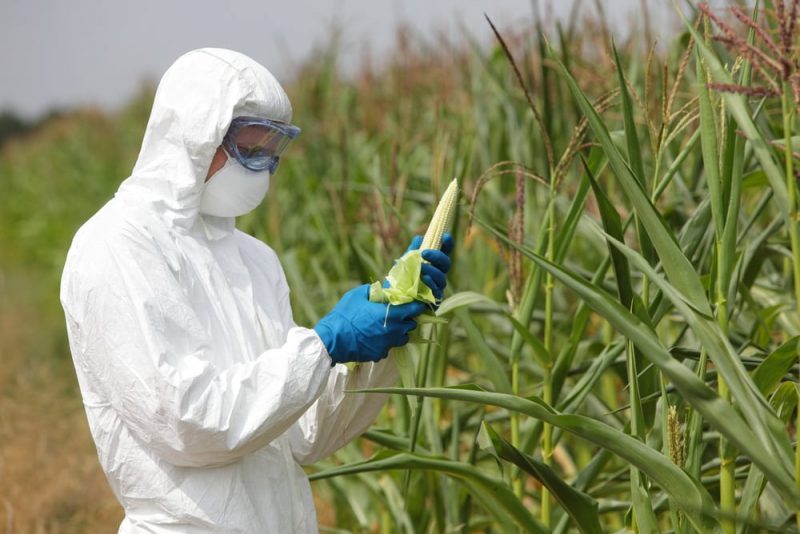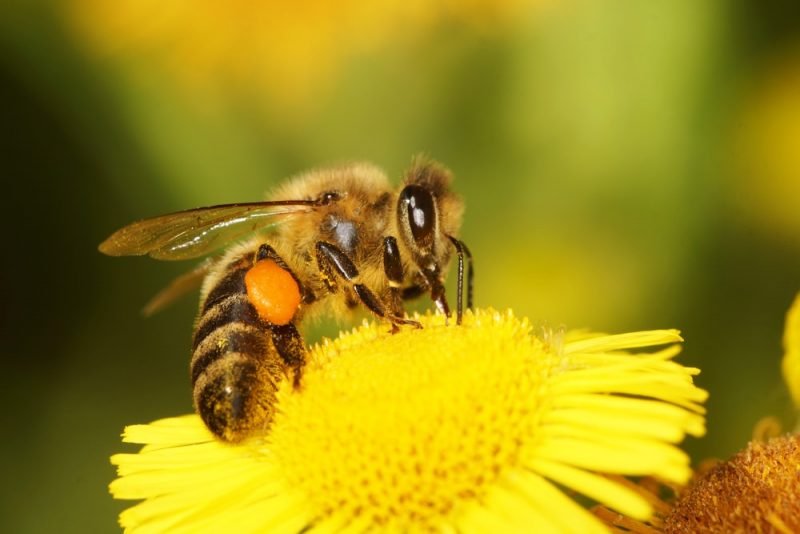Is named agricultural sector to a part of the primary production sector of societies whose economic activities, usually rural or linked to extra-urban life, aim mainly at the exploitation of resources from the agricultural (agriculture) and livestock (livestock) sectors. According to the legislation of the countries, fish farming can also be part of this sector. For example: cultivation of vegetables, floriculture, pig farming, beekeeping.
These activities provide raw material to a large part of the commercial chain, such as the food industry, the fur industry, restaurants, urban markets, seasonal trade and a long etcetera, especially those sectors linked to food handling and leather treatment ( shoes, gloves, etc.).
Due to their means of operation, these activities are strongly conditioned by climatic conditions, the quality of the soil and the introduction of technological advances of a different nature that enhance their productivity or seek to compensate for inescapable environmental weaknesses.
Similarly, they are vulnerable to environmental pollution and the effects of climate change, which is why they represent a vulnerable sector in the face of the growing and unstoppable demand for food on a global scale.
On the other hand, in less developed countries The agricultural sector is usually located in poor populations or devoid of services, which affects the quality of life of its producers and promotes an unmanageable exodus to the city.
Examples of agricultural activities

- Cultivation of grains, cereals and oilseeds. One of the commercial sectors that generates and moves the largest volume of merchandise worldwide is that of seeds, cereals and grains. Both for food, to nourish other crops or to introduce bioengineered seeds, not to mention wheat, rice and corn, cornerstones of the diet of the five continents, this sector of the industry is perhaps the most robust in the agricultural area In its whole.
- vegetable cultivation. Large-scale vegetable production is the main food injection available in urban or suburban markets around the world. Such is their demand, that they are often cultivated in artisanal and organic ways, avoiding the effects of pesticides and agrochemicals.
- fruit crops. Usually linked to the seasonal fruit, these sectors have large areas of cultivation in which production is carried out massively. Depending on the chosen distribution channels, these fruits may go to the ordinary market network or may even be sold in trucks that travel the streets, especially when they come from small farmers. A high percentage also goes to urban industries and manufacturers, which use them to make elaborate desserts and non-perishable consumer items.
- Greenhouse and nursery crops. Usually on a smaller scale, since they are crops that do not require large extensions of land but apply the laws of intensive agriculture in limited spaces but with high yields, they usually produce a wide variety of vegetables and legumes that supply local demand. Many of these minor crops are organic, and unlike the traditional ones, they can take place within the cities.
- Floriculture. The cultivation of flowers for personal consumption or production of vessels and arrangements is also an important industry in the field, especially in countries like Colombia and Mexico, where they contribute a not insignificant sector of the local economy of various cities.
- Forestry. This is the name given to the care and cultivation of wild vegetation, in forests, hills or mountains, allowing the extraction of materials (wood, cork, rubber) through a more or less considerable industrial intervention, without implying the transformation of the space. natural on farm or growing area. Many of the materials that feed light manufacturing industry come from these types of crops.
- cattle ranching. Undoubtedly the most popular and widespread livestock activity in human civilization, whose origins date back to remote antiquity and whose importance in most Western cuisines is unquestionable, not only because of its meat content, but also because of its dairy products and a whole culture of exploitation of hides for clothing and utensils.
- pig farming. The pig ranks second in importance in western livestock activity, since its meat is generously incorporated into the various diets of the hemisphere, both in sausages, chops and various preparations that use practically the entire body of the animal. In addition, their exploitation is relatively cheap, since instead of feed, at least in small-scale livestock, they are usually supplied with leftover food and organic waste.
- poultry farming. The raising and slaughtering of chickens is also an extremely central economic activity in the livestock sector. Its meat is appreciated almost universally, as well as those prepared from eggs, which allows a high profitability for the producer. However, it has often been questioned for the use of hormones and other genetic supplements that are unethical and in the long run distort the consumption of this white meat.
- Sheep and goat farming. Less widespread in comparison, and yet popular in Arab countries, in Europe and in Argentine Patagonia, the grazing of lamb and sheep also had its place in rural development and in the collective imagination. The raising and slaughter of goats and rams, likewise, is appreciated although not as central as bovine or porcine.
- Camelid ranching. The llama, the vicuña and the guanaco are American camelids whose grazing occurs in the South American regions of Argentina, Peru, Bolivia and Chile. Its meat is usable, as much as its milk, and its fur is a source of fabrics of various kinds (gloves, scarves, coats), which are quoted at a good price in the cities.
- Other forms of livestock. There are other forms of livestock adapted to the diversity of regions inhabited by man, usable as a direct and indirect food source and that would also enter the agricultural sector, however particular or exotic they may seem.
- Livestock support activities. The activities of the branch are also part of the agricultural sector, such as the preparation of fodder to feed the animals, distribution, slaughter or different secondary forms of use that, however, take place in rural areas or, at most, , in intermediate segments of the production chain.
- Fish farming and fish farms. Depending on the legislation, this item may belong to the agricultural sector or to coastal fishing. However, captive breeding of gastronomically valued species such as trout is not very similar to coastal harvesting of marine species, and is therefore closer to the livestock sector than to fishing.
- Beekeeping and honey collection. The raising and maintenance of bee hives for the extraction and collection of various types of products is also a well-known item in the agricultural sector. In this way, honey, royal jelly, wax, pollen, propolis and apitoxins are obtained, all of which are popularly consumed and even pharmaceutically valued. Since the 1980s, however, there has been an alarming decline in bees worldwide, which has been extensively studied by experts in the field, given the importance of these insects in pollination.

